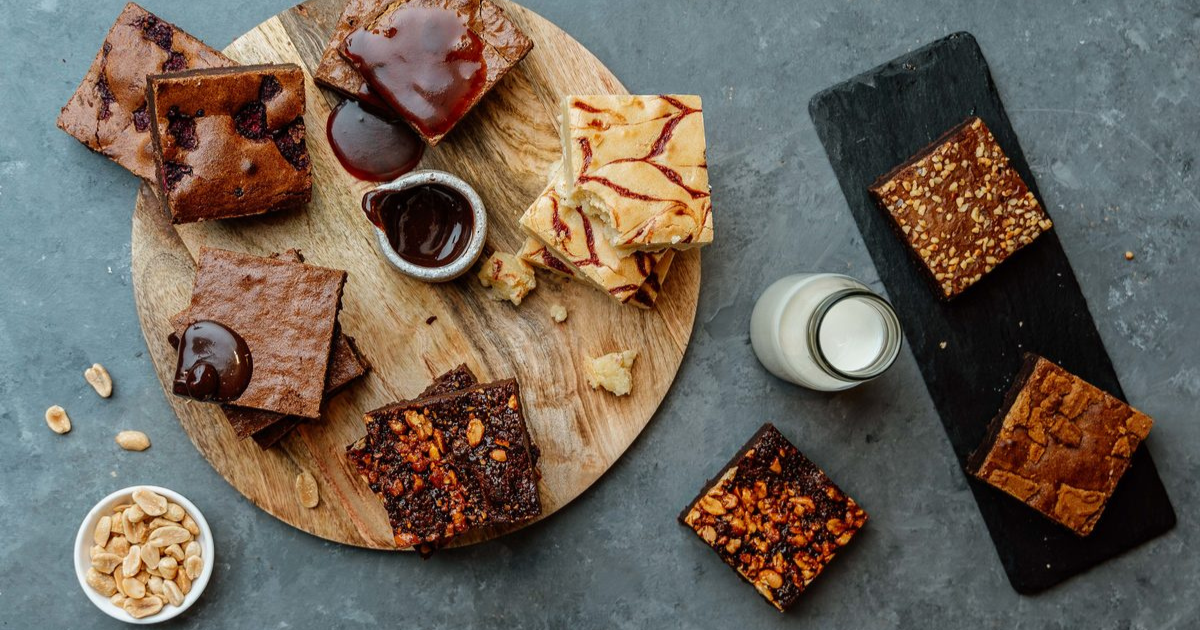GRAPEVINE: White wine world in state of flux
The world of white wine is in a state of flux.
Over the last 20 or so years we have seen a couple of big clear-cut fashions.
Big oaky, buttery Chardonnay and crisp pungent, fruity Sauvignon Blanc.
As the latter trend begins to fade pundits across the wine industry continue to proclaim the next trend; Vermentino, Gruner Veltliner, Pinot Gris/ Grigio. To date, none of the above was reached the widespread saturation of Chardonnay or Sauvignon Blanc.
This is great for other grape varieties, as there is no clear trend or style to try to capture or emulate, which often leads to poor quality wines that are trying to be something they are not.
The problem has often been producers trying to target a specific type of consumer in their mind and making the wine accordingly, when the best, the only, viable long-term option is to produce a wine that is consistent with the climate and area within which it is grown. Think of a Viognier that has been picked too late and tastes cloyingly fruit sweet with too little acid for refreshment, or a new wave Chardonnay picked way too early that tastes like battery acid as the producer tries to chase down the Sauvignon Blanc drinkers. These wines are not worth your time and do us all a disservice by scaring wine drinkers away from exploring anything new.
Today, though, we consider a white grape that is much maligned, yet well suited to the cooler months. For all the Chardonnay we drink in Australia and particularly its affinity with the Geelong region, Viognier seems like a nice little
step off the beaten path for Chardonnay drinkers. Both tend towards fuller body, a slightly creamy mouthfeel along with
plenty of stone and at times tropical fruit notes. One of the key differences though is likely where most have been put off
Viognier so far. Viognier is typically lower in acidity than Chardonnay, thus when grown in warm Australian regions it becomes a broad, flabby, cloying mess of a wine. Pair that trait with the global trend for big bold whites of the 1990s it
seems easy to see why so many people turn their nose up at the thought of Viognier.
The current trend towards wines from cooler climates, with lower alcohols and more freshness has undoubtedly helped Viogniers prospects. Viognier needs a relatively warm climate, moderated by cool nights to help in retaining as much acidity as possible. This will likely push you to unexpected regions such as parts of Heathcote, which with the right exposition can be a little cooler than the rest of the region.
Where Chardonnay will often taste more of citrus, stone fruits, apple with a creamy texture. Viognier has aromatics
that are more floral and of sweeter citrus that can be intoxicating. To taste, though, there is no sweetness, the stone fruit will be subtler and the wines impression will build further to the back of your palate with a subtle creamy/oily feel. The key
element left is having just enough acidity there to keep the wine balanced and to not let the creamy element become overwhelming and cloying.
Tellurian Viognier ($29)
Tellurian are based in the cooler, northern part of Heathcote.
They have a range of Rhone and Mediterranean grape varieties well suited to the region. Their Viognier is well worth trying
whether you are new to the variety, or a seasoned lover. Fermentation in oak and time spent on lees help to lend some breadth and softness to the texture, while the flavours are driven by varietal characters of stonefruit, honey and florals. It is soft and full, but the flavours are bright and vibrant too. The key is they have retained enough acidity to avoid the wine becoming a flat and flabby.


















